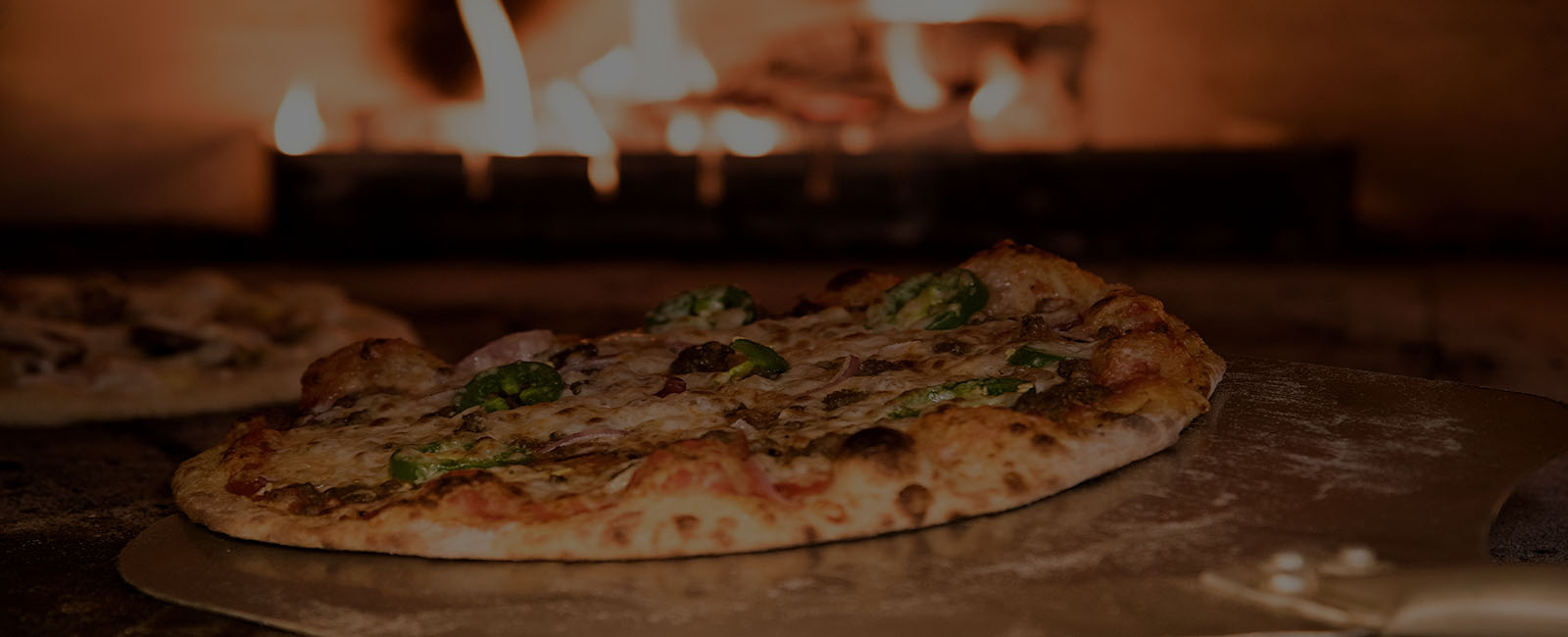Customised Food?
Experts say the diet of 2050 will revolve less around meat and more around bugs. What’s more? NASA -inspired superfood bars, 3D printed custom-designed menus and plenty of kale. read the more about the article click here , written Mr. Gertzman is a reporter with Forbes Israel
Insects?
It’s a win-win situation. Insects provide as much nutritional value as ordinary meat and are a great source of protein, according to researchers at Wageningen University in the Netherlands. They also cost less to raise than cattle, consume less water and do not have much of a carbon footprint. Plus, there are an estimated 1,400 species that are edible to man.
More on protein and healthy eating
Sonic-enhanced food?
It’s well documented how the appearance of food and its smell influence what we eat, but the effect sound has on taste is an expanding area of research. A recent study by scientists at Oxford University found certain tones could make things taste sweeter or more bitter.
“No experience is a single sense experience,” says Russell Jones, from sonic branding company Condiment Junkie, who were involved in the study. “So much attention is paid to what food looks like and what it smells like, but sound is just as important.”
What noises affect what tastes?
Low brass sounds make things taste more bitter
High-pitched tunes played on a pianos or bells make things taste sweeter
Source: Bittersweet Study
Lab-grown meat
Earlier this year, Dutch scientists successfully produced in-vitro meat, also known as cultured meat. They grew strips of muscle tissue using stem cells taken from cows, which were said to resemble calamari in appearance. They hope to create the world’s first “test-tube burger” by the end of the year.
The first scientific paper on lab-grown meat was funded by Nasa, says social scientist Dr Neil Stephens, based at Cardiff University’s ESRC Cesagen research centre. It investigated in-vitro meat to see if it was a food astronauts could eat in space.
Article thanks to BBC, click here for more inforamtion

